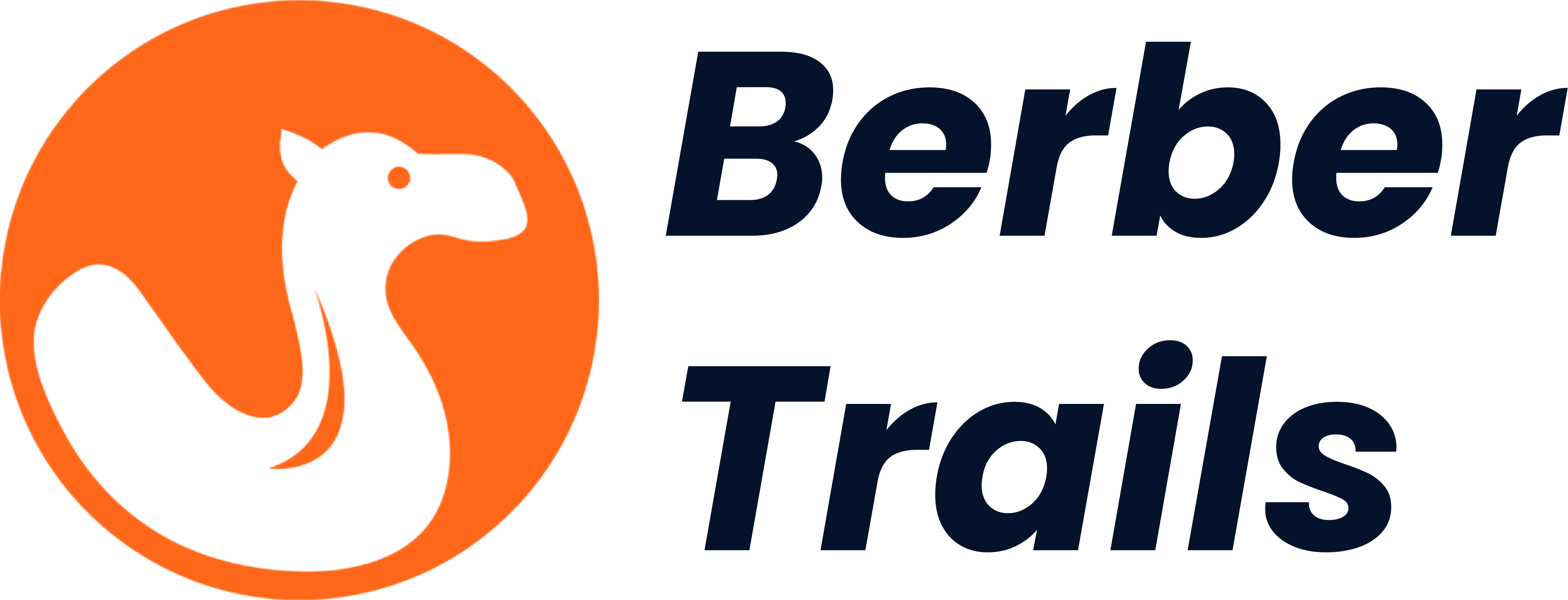A Guide to Moroccan Music and Dance: Traditional and Modern
Moroccan music and dance reflect the country’s rich cultural heritage, blending indigenous Berber, Arabic, Andalusian, and sub-Saharan African influences. From traditional rhythms to modern interpretations, here’s a guide to Morocco’s vibrant music and dance traditions:
Traditional Moroccan Music
**1. Andalusian Music: Introduced during the Islamic Golden Age, Andalusian music is characterized by intricate melodies and poetic lyrics. It often features instruments like the oud (lute), violin, and qanun (zither).
**2. Gnawa Music: Originating from sub-Saharan Africa, Gnawa music combines spiritual chants (lilas) with hypnotic rhythms produced by instruments like the guembri (three-stringed bass), qraqeb (metal castanets), and krakebs (iron castanets).
**3. Berber Music: Reflecting Morocco’s indigenous Berber culture, Berber music varies regionally, with instruments such as the bendir (frame drum) and the imzad (single-stringed violin) often used in performances.
Moroccan Musical Instruments
** Oud:** A pear-shaped, stringed instrument with a deep, resonant sound, played widely in Middle Eastern and North African music.
Qanun:** A flat, trapezoidal zither with many strings, used in traditional Middle Eastern, Central Asian, and Southeast Asian music.
Moroccan Drums:** Played with the hands and often used in festive occasions, including the goblet drum and the bendir, a large, frame drum often used in orchestras.
in both have even three





